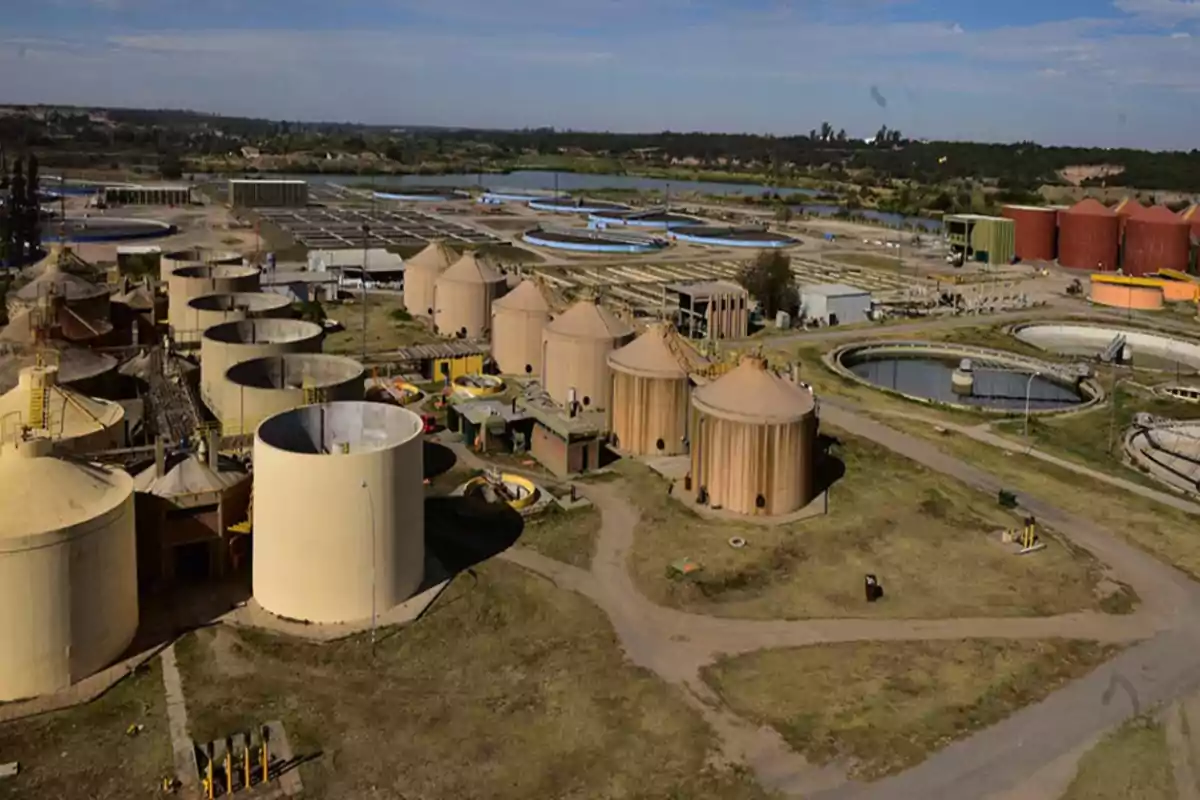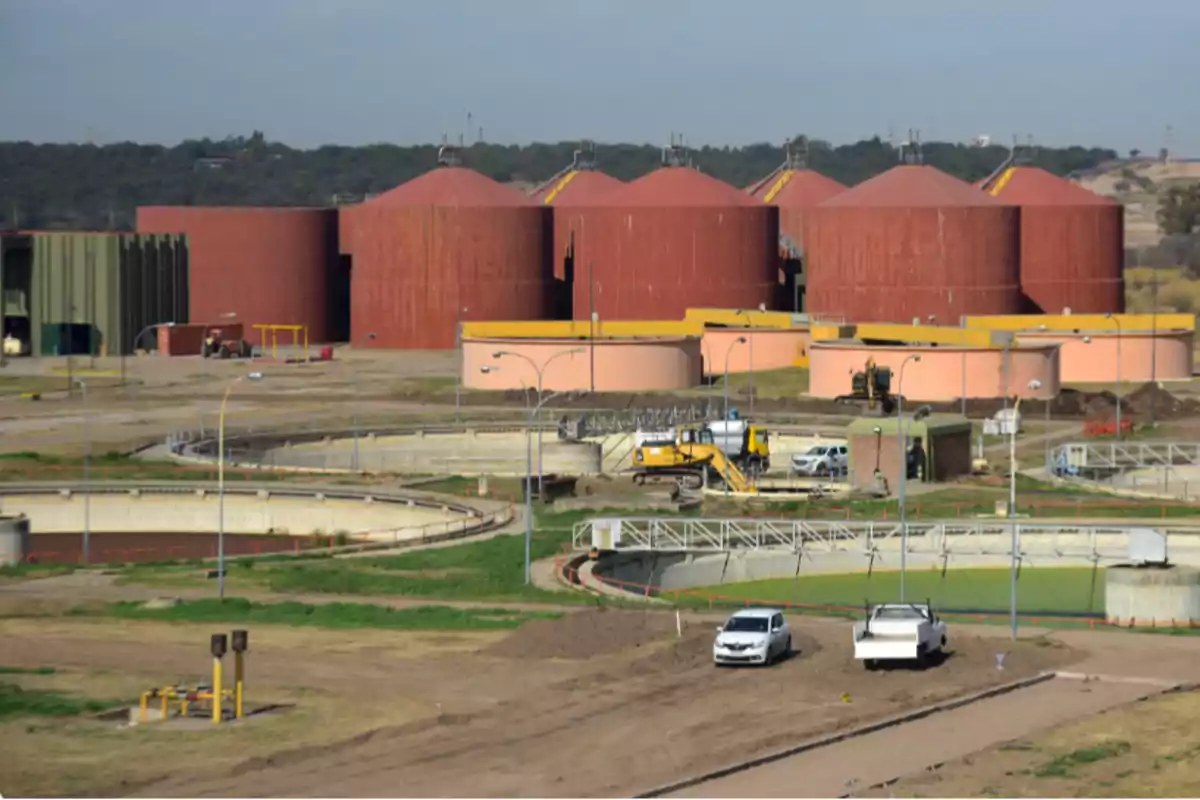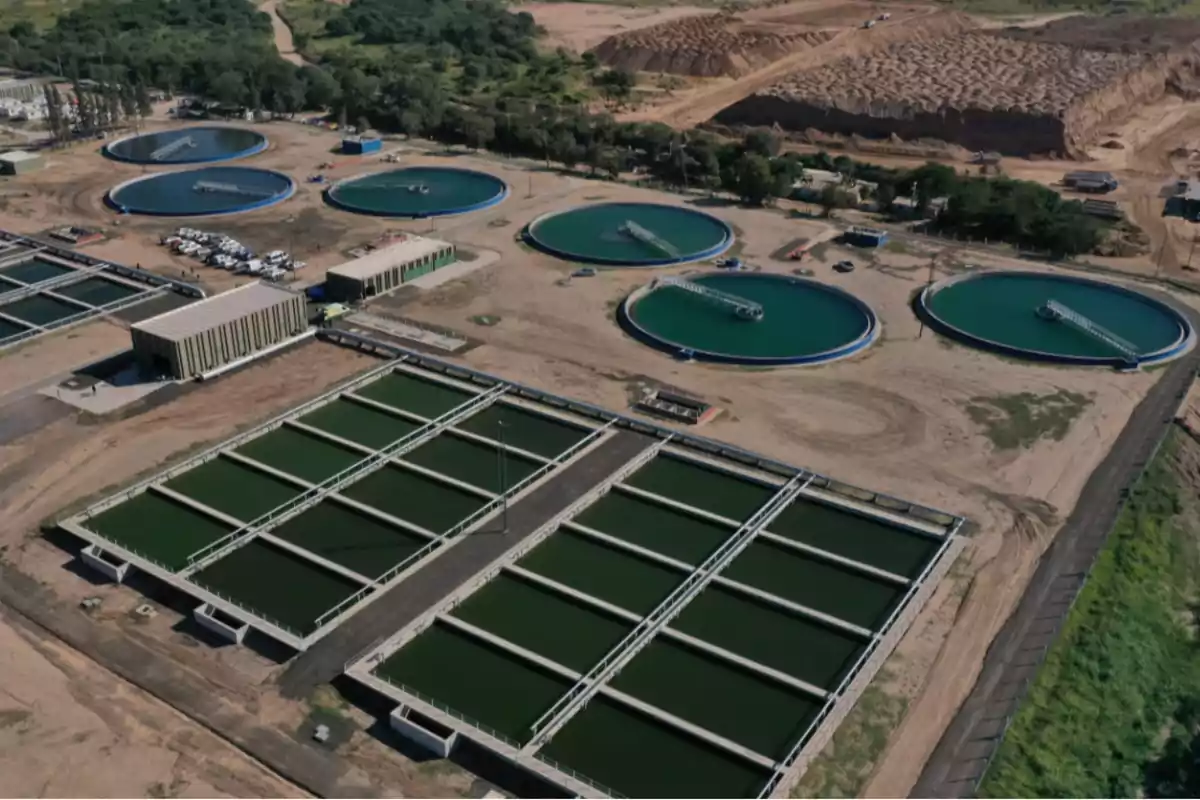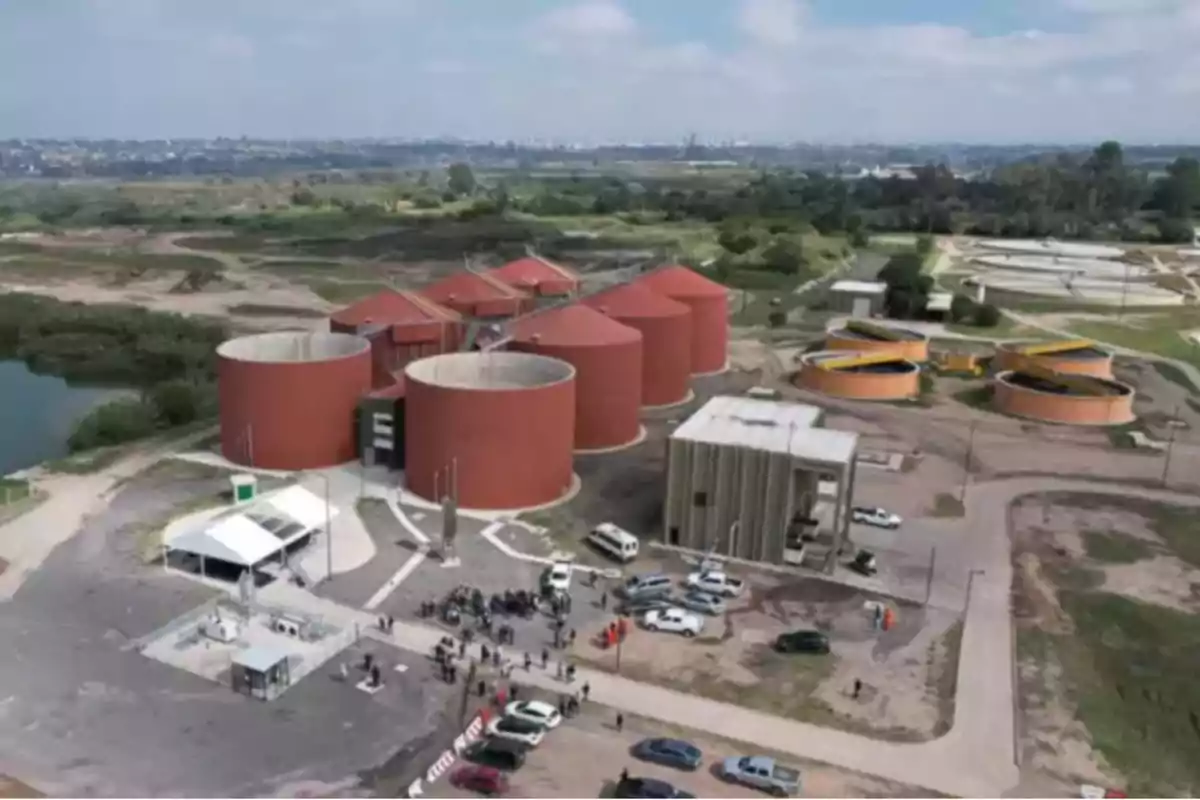
They seek to expand the sewage network in Córdoba with 43,000 new connections by 2027.
They aim to achieve 57% coverage through construction projects, community participation, and private agreements
The city of Córdoba plans to add more than 43,000 household connections to the sewer network over the next two and a half years. According to official data, current coverage reaches 46% of the parcels and the goal is to increase it to 57% by the end of 2027. The plan includes the coordination of public works, private investment, and agreements with property owners and neighborhood centers. The expansion relies on the reactivation of Bajo Grande Plant 1, which went out of service in 2022 after years of deficient operation. Today, the system depends on Plant 2, which was commissioned that year with a treatment capacity of 10,000 m³/h and a current average flow of 7,500. Both plants are expected to operate complementarily in the short term. The original plant, inaugurated in 1987, was treating only 1,000 m³/h when it was decommissioned, although its theoretical capacity was 6,000. That situation led to years of polluting discharges into the Suquía River. It is expected that, once rehabilitated, it will resume operations with a flow of 1,500 m³/h and could scale up to 5,000 m³/h if necessary.

More capacity, more connections
With both plants operating, the system could reach 11,000 m³/h by December 2027About 10,000 connections will come from works related to the paving plan for 800 blocksIn Villa El Libertador, another 4,500 will be added, of which 3,000 are being carried out by the municipality and 1,500 by the residents themselves.In addition, 7,200 connections in the central-north, south, and northwest will be managed by neighborhood promotion entitiesMunicipality
Improvements in already connected areas
The expansion also includes areas that have already been incorporated into the system This infrastructure helped deactivate plants that had deficienciesthe goal is to consolidate a "reliable, sustainable, and accessible" systemAuthorities maintain that urban pollution sources have been reduced and the quality of the Suquía's water has improved
Long-term projections
achieving full coverage in the city and metropolitan area could take another 20 to 30 years.Part of the financing could be recovered through the improvement contribution system, although not all works include it.Its relocation would improve the inflow of liquids into the system and optimize installed capacity.More posts: